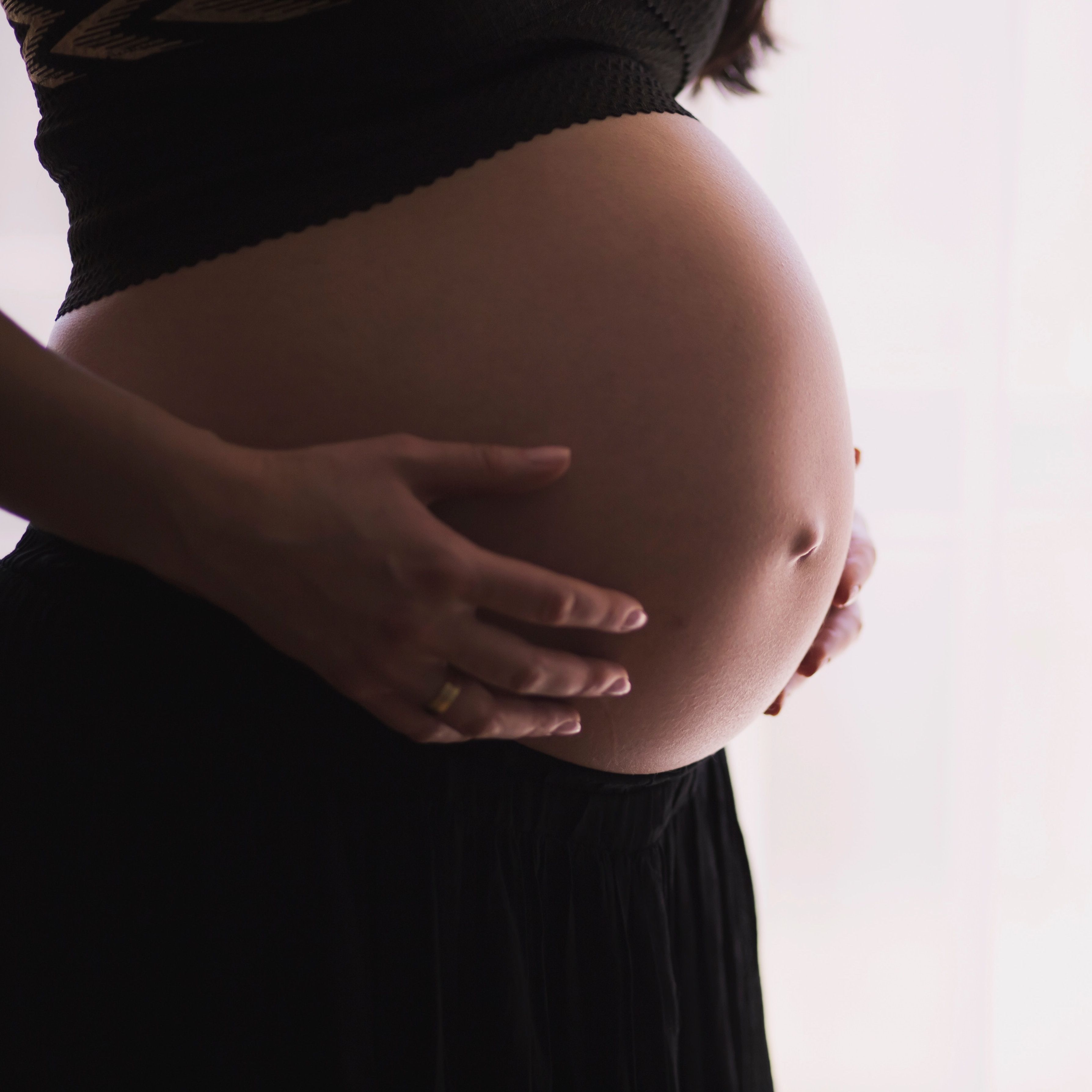News
Article
Lower Maternal Hemoglobin Concentration Linked to Faster Fetal Growth, Larger Birth Weight
Author(s):
In this analysis, it is suggested that fetal growth trajectories require levels of oxygen promoted by the intake of maternal iron and hemoglobin.

Intake of folate, vitamin B12, and iron is not linked to fetal abdominal circumference or estimated fetal weight growth, placental weight, or birth weight, according to recent findings. However, lower maternal concentrations of hemoglobin were connected to faster fetal growth rates and larger placental weights and larger birthweights.1
These findings were drawn from a secondary analysis expanding upon existing research on associations of maternal nutrient intake at the time of pregnancy. This research was led by David J. Rooney, from the University College Dublin National Maternity Hospital’s UCD Perinatal Research Centre in Ireland.
Rooney and colleagues noted that folate and vitamin B12 deficiencies had previously been linked to megaloblastic anemia and pernicious anemia, respectively, with both connected to lower birthweight among infants.2
“Our primary aim was to assess differences between maternal dietary micronutrient intakes (iron, folate and vitamin B12), and maternal full blood count (FBC) parameters, according to fetal abdominal circumference (AC) and estimated fetal weight (EFW) growth trajectory classes,” Rooney and colleagues wrote.
As a secondary aim, the investigators sought to evaluate links between maternal hemoglobin, maternal dietary micronutrient intakes (such as folate, iron, and vitamin B12), with placental weight and with birthweight.
Background and Findings
The investigators’ secondary analysis involved the recruitment of 759 mother-child pairs from the Randomised cOntrol trial of LOw glycaemic index diet in pregnancy with the goal of preventing macrosomia (ROLO study). The research was carried out at the National Maternity Hospital in Dublin between 2007 - 2011.
Those who were eligible were secundigravida women in the age range of >18 years and had a singleton pregnancy ≤18 weeks' gestation, as well as having delivered an infant >4 kg previously in their initial pregnancy. Criteria for exclusion from the study included having regular medications, the existence of known medical disorders, or having current/past gestational diabetes.
The research team randomly assigned participants to the intervention arm (low glycemic index dietary advice) or to the control arm (routine antenatal care). The team looked into maternal parameters, assessments of diet, blood samples, and fetal ultrasound measurements at several different stages. ROLO study results were previously published.
The investigators’ new analysis developed growth trajectory models designed to look at abdominal circumference and estimated fetal weight through the use of latent class modeling based on measurements done at 20 and 34 weeks' gestation, as well as birth measurements. The team had subjects self-report smoking status and intake of supplements, with nutritional supplement types not being specified in participants’ dietary assessments.
Participants’ intake of both iron and folate at the time of each trimester was shown by the investigators to have been inadequate, but they noted that levels of maternal hemoglobin were sufficient at the 13- and 28-week points during gestation. Placental weight, fetal growth trajectories, and birthweights were also shown not to have any links with dietary consumption of folate, iron, and vitamin B12.
Despite these findings, the team did note that lower maternal hemoglobin concentrations at Week 28 week's period of gestation were associated with greater rates of fetal growth, higher birth weights, and higher placental weights.
The research team hypothesized that fetuses undergoing rapid growth may require greater levels of oxygen and hemoglobin, perhaps resulting in a decline in maternal hemoglobin levels in late pregnancy. Their findings suggest a negative association between hemoglobin levels and neonatal birth weights at 28 weeks' gestation, giving credence to their postulation.
“These findings may be due to biochemical responses in the placenta to lower oxygen states, physiological protective expansions in plasma volume later in pregnancy and potentially greater consumption of maternal iron and hemoglobin by fetuses on accelerated growth trajectories,” they wrote.
References
- Rooney DJ, Conway M, O'Keeffe LM, et al. Dietary intakes of iron, folate, and vitamin B12 during pregnancy and correlation with maternal hemoglobin and fetal growth: findings from the ROLO longitudinal birth cohort study. Arch Gynecol Obstet. 2024;309(1):183-193. doi:10.1007/s00404-023-06916-x.
- Molloy AM, Kirke PN, Brody LC, Scott JM, Mills JL. Effects of folate and vitamin B12 deficiencies during pregnancy on fetal, infant, and child development. Food Nutr Bull. 2008;29:S101–111. doi: 10.1177/15648265080292S114.




